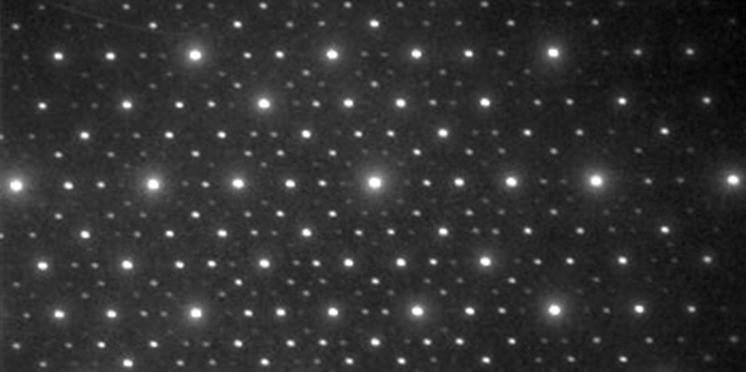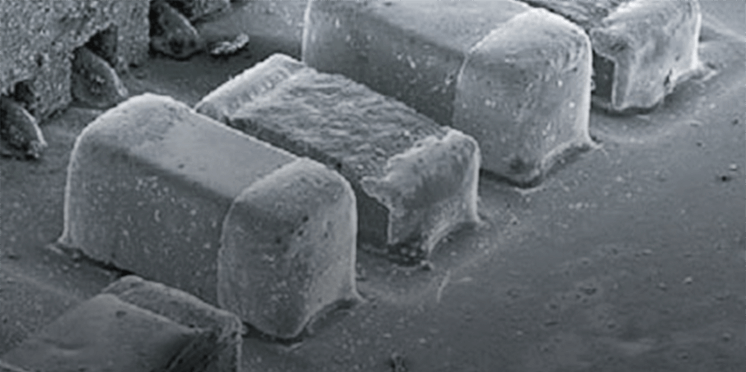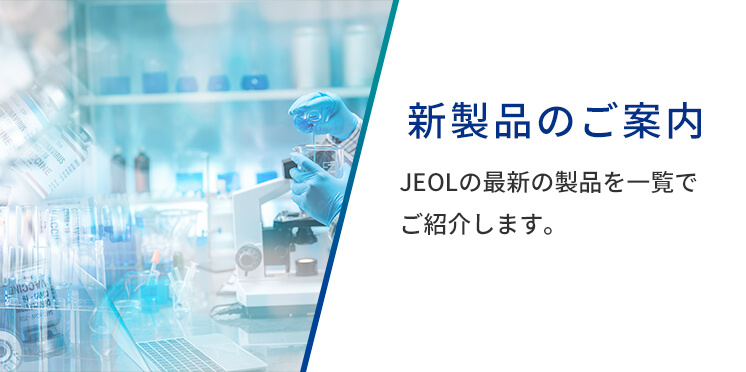ポストエンベディング法
ポストエンベディング法
post-embedding
[目次:試料等(試料および試料作製)]
免疫電顕法のための染色を行う際、超薄切片作製後、標的となる抗原タンパク質に一次抗体を反応させる方法。この方法は免疫反応が(樹脂包埋後に)超薄切片を作製した後に行われるので、ポストエンベディング法と呼ばれる。ポストエンベディング法の長所は、切片上に露出したタンパク質に一次抗体が反応するため、標的タンパク質の存在部位(局在)が正確にわかること、包埋までの手順が少ないため組織や細胞小器官等の構造の保存がプレエンベディング法より良いことである。短所は、脱水による抗原の流出や、包埋によって抗原が変性することにより染色の効率が悪化することである。
Post-embedding is a technique of embedding in the course of immunoelectron microscopy for the primary antibodies to react with the target antigenic proteins after ultrathin sectioning. The name of “post-embedding” originates from the fact that the immune-reaction is performed after ultrathin sectioning (subsequent to resin embedding). Post-embedding has two major advantages. One is that the locations (localization) of the target proteins are precisely elucidated because the primary antibodies react with the proteins exposed on an ultra-thin section. Another is that the structures of tissues, organelles, etc., are preserved better compared with the case of pre-embedding because post-embedding requires a few steps until embedding. However, post-embedding has a major disadvantage that antigens can be lost by dehydration or can be denatured by resin embedding, thus degrading the staining efficiency.
関連用語から探す
説明に「ポストエンベディング法」が含まれている用語






